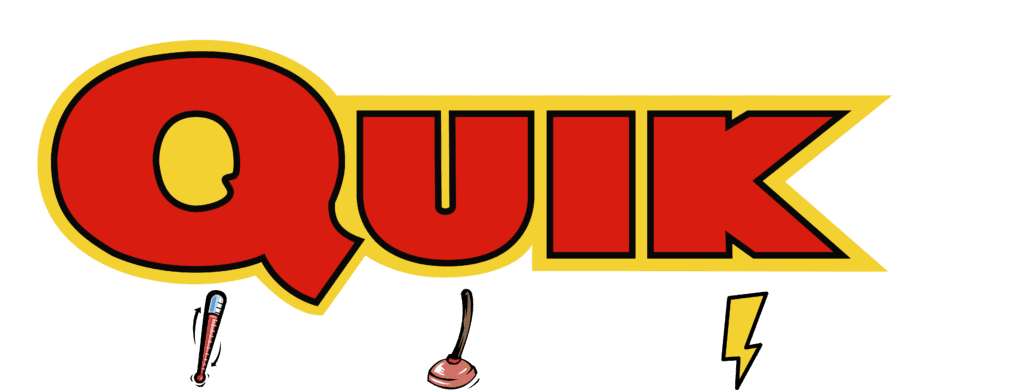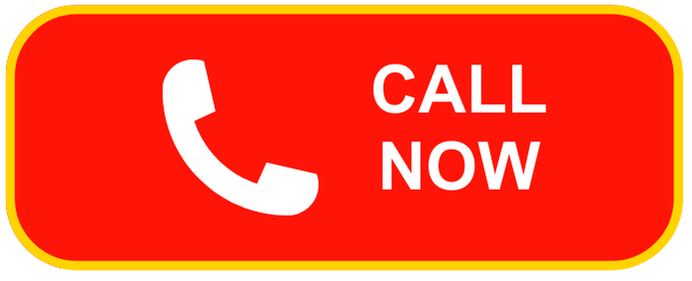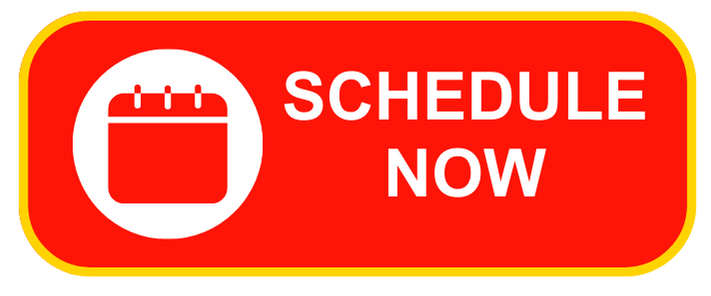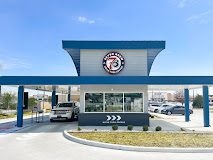Drains & Sewers Near Me
Schedule on your own without making a call. Click the button below to get started!
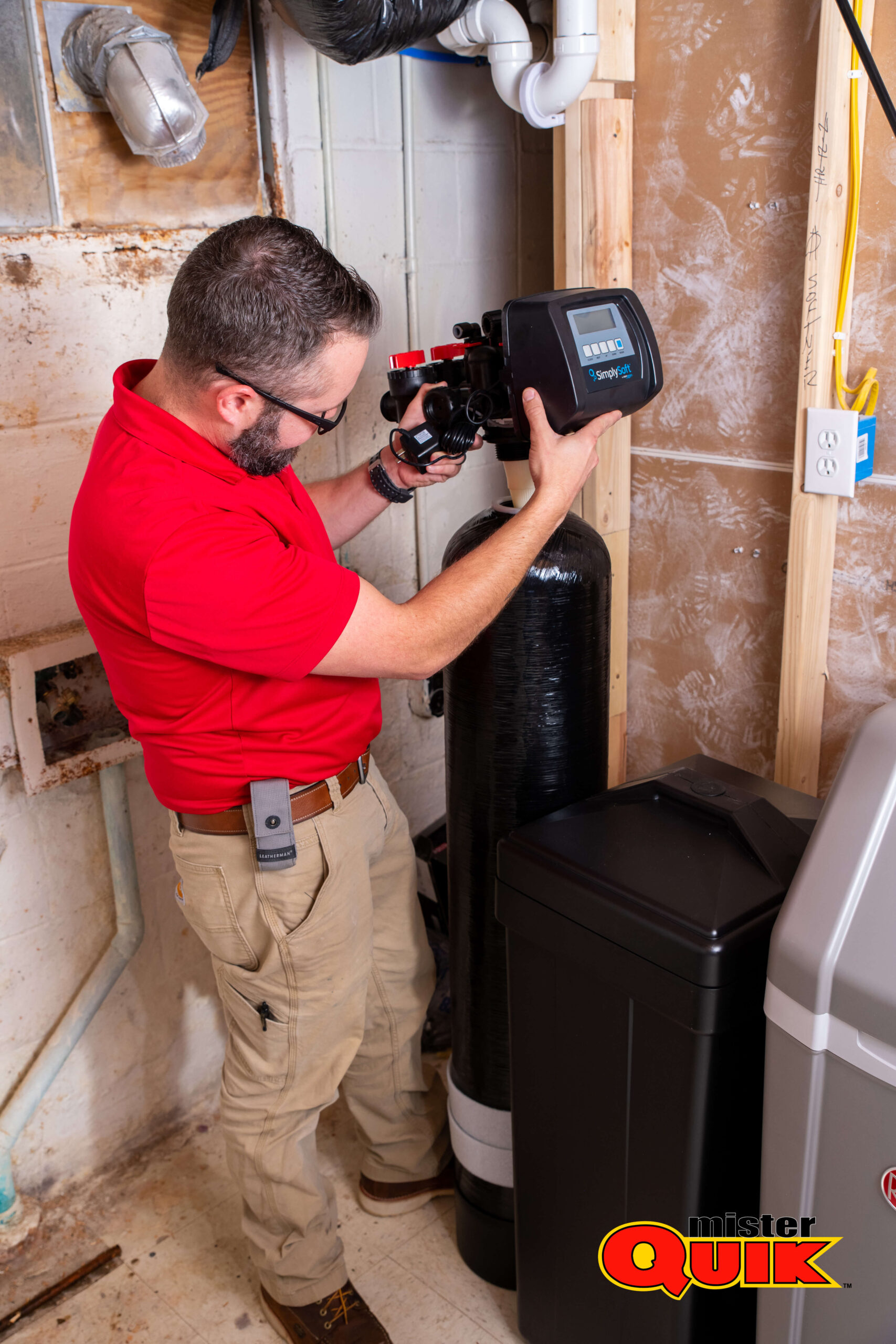
Sewer Drainage System
Wondering how sewer drainage systems work? Understanding these systems is crucial for maintaining proper sanitation and preventing issues like backups and blockages. From the main sewer line to individual drain pipes, let’s explore the key components and functions of sewer drainage systems:
- Main Sewer Line: Primary pipe that collects wastewater from various sources in your home.
- Drain Pipes: Branch off from fixtures like sinks, toilets, showers, and bathtubs to carry wastewater to the main sewer line.
- Vent Pipes: Allow air into the system to prevent suction and facilitate proper drainage.
- Cleanout Ports: Access points along the sewer line for clearing clogs and performing maintenance.
- Sewer Cleanout: Located outside your home, provides direct access to the main sewer line for inspections and cleaning.
- Sewer Pump: Used in homes with below-grade plumbing to pump wastewater uphill to the main sewer line.
- Backflow Prevention Device: Prevents contaminated water from flowing back into your home during sewer backups.
- Grease Trap: Collects grease and solids to prevent them from entering the sewer system and causing blockages.
- Sewer Line Inspection Camera: Used by professionals to inspect the condition of sewer lines and identify any issues.
Understanding your sewer drainage system helps you identify potential problems and take preventive measures to avoid costly repairs. Trust Mister Quik Home Services in Plainfield for expert advice and solutions tailored to your sewer drainage needs.
Sewage Drain Blocked
Experiencing sewage drainage problems can be concerning and disruptive to your daily life. Understanding the common issues and their potential causes is essential for effective resolution. Here’s a detailed guide to help you identify and address sewage drainage problems:
Buildup of debris, grease, or foreign objects can block sewage drains, leading to slow drainage or backups.
Tree roots seeking moisture and nutrients may infiltrate sewage lines, causing blockages and pipe damage.
Aging or deteriorating sewage pipes can crack, collapse, or develop leaks, impeding proper drainage.
Accumulation of debris, sediment, or non-flushable items in the main sewer line can cause backups throughout the plumbing system.
Foul odors emanating from drains or sewage cleanouts may indicate leaks, blockages, or ventilation issues in the sewage system.
While both drains and sewers are components of wastewater systems, they serve different functions. Drains typically refer to individual pipes within buildings that carry wastewater away from sinks, showers, toilets, and appliances. On the other hand, sewers are larger underground pipes that collect wastewater from multiple drains and transport it to treatment facilities or disposal points. So, while drains manage wastewater within buildings, sewers handle the broader network of wastewater transportation outside of buildings.
A sewer line is a larger underground pipe that carries wastewater from various sources, such as toilets, sinks, and showers, to a treatment facility or septic tank. It is part of a municipal or private sewage system. On the other hand, a drain refers to smaller pipes or channels within a building or property that collect and direct wastewater or rainwater away from the structure, typically into a sewer line or a designated drainage area. While both serve the purpose of managing wastewater, sewers are broader in scope and often deal with larger volumes and a wider array of sources compared to drains, which are more localized.
Yes, drains typically lead to sewers in urban and suburban areas, serving as conduits for wastewater and rainwater runoff from households, streets, and other surfaces. These systems are designed to transport the collected water to treatment facilities or natural water bodies. Drains can vary in size and type, ranging from household drains to larger storm drains, all ultimately connecting to the sewer network for efficient drainage and management of water resources.
Responsibility for blocked sewer drains typically falls on the property owner or occupant unless specified otherwise by local regulations or agreements with utility companies. In most cases, property owners are accountable for maintaining the sewer lines within their premises up to the connection point with the municipal sewer system. However, if the blockage occurs within the public sewer system or is caused by factors beyond the property owner’s control, such as tree roots or infrastructure issues, the responsibility may shift to the relevant authorities or utility providers. It’s essential for property owners to understand their obligations and seek professional assistance promptly to address any sewer blockage issues effectively.
Yes, water companies typically offer services for unblocking drains as part of their utility management responsibilities. They maintain and manage the sewer systems, which often includes addressing blockages and ensuring the smooth flow of wastewater. Most water companies provide contact information for reporting such issues, and they dispatch trained personnel or contractors to resolve drain blockages efficiently. Customers can usually request assistance through various communication channels, such as phone hotlines or online platforms, to have drain blockages addressed promptly.
Free Maps of Drains and Sewers
Are you in need of free maps for your drains and sewers? Understanding the layout of your drainage system is crucial for maintenance and troubleshooting. Let’s explore how you can access these maps and why they’re valuable:


Municipalities often have maps of public sewer lines and stormwater drains available for residents.
Some cities provide digital maps or interactive tools on their websites for viewing sewer infrastructure.
Water and sewer utility providers may offer maps or diagrams of sewer lines and connections.
Property deeds or records might include information about private sewer lines and easements.
If you’re unable to locate maps, consider hiring a plumbing service for assistance.
Accessing free maps of drains and sewers empowers homeowners to better understand their plumbing systems and address issues effectively. Trust Mister Quik Home Services in Plainfield for expert guidance and plumbing solutions tailored to your needs.
Building Regulations Drains and Sewers
Navigating building regulations regarding drains and sewers is crucial for any construction or renovation project. Understanding these regulations ensures compliance with local laws and standards, preventing costly mistakes and potential legal issues. From the placement of drainage systems to the materials used, here’s a comprehensive guide to building regulations for drains and sewers:
Why Choose Mister Quik?


Check with local authorities to determine if permits are required for installing or modifying drains and sewers.


Ensure drainage systems are designed to handle expected volumes of wastewater and comply with regulations on slope, pipe size, and venting.



Use approved materials and methods for installing drains and sewers to ensure longevity and prevent leaks or failures.



Schedule inspections at key stages of construction to verify compliance with building codes and regulations.
Drains and Sewers Responsibility
Navigating the responsibility for drains and sewers can be confusing. Understanding who is accountable for maintenance and repairs is crucial for homeowners. Here’s a detailed breakdown to help clarify drains and sewers responsibility:
1. Homeowner’s Responsibility:
- Interior plumbing, including drains and pipes within the home.
- Maintenance of private sewer lines connecting the home to the main sewer line.
2.Municipality’s Responsibility:
- Main sewer lines and storm drains located in public areas.
- Repair and maintenance of sewer mains and storm drains to ensure community-wide functionality.
2.Shared Responsibility:
- Shared sewer lines servicing multiple properties may require cooperation among homeowners for maintenance and repair costs.
- Joint responsibility for lateral sewer lines connecting individual properties to the main sewer line, often outlined in local ordinances or homeowner agreements.
Understanding drains and sewers responsibility helps homeowners navigate maintenance and repair obligations effectively. Trust Mister Quik Home Services in Plainfield for expert assistance with your plumbing needs.
Sewage Drain Blocked
Experiencing a blocked sewage drain can be a major inconvenience, leading to unpleasant odors, slow drainage, and even sewage backups. Understanding the causes and potential solutions for a blocked sewage drain is essential for resolving the issue promptly and preventing further damage. Here’s everything you need to know about dealing with a blocked sewage drain:
Common culprits include flushed items like sanitary products, wet wipes, or excess toilet paper, as well as tree roots infiltrating the pipes
Look out for slow drainage, gurgling sounds from drains, foul odors emanating from sinks or toilets, or sewage backups.
Attempt to clear minor blockages using a plunger or drain snake, and avoid using chemical drain cleaners that may damage pipes.
For stubborn blockages or recurring issues, seek the help of a professional plumber who can use specialized equipment to clear the drain effectively.
Regular maintenance, such as avoiding flushing non-biodegradable items and scheduling professional drain cleanings, can help prevent future blockages.
Dealing with a blocked sewage drain promptly is crucial to prevent further damage and maintain a hygienic living environment. Trust Mister Quik Home Services in Plainfield to provide expert assistance and solutions for all your plumbing needs.
- Check for slow drainage, foul odors, or gurgling sounds from drains.
- Look for signs of water backups or pooling around drains.
- Attempt to clear minor blockages using a plunger or drain snake.
- Avoid using chemical drain cleaners, which may damage pipes.
- Contact a licensed plumber for stubborn blockages or recurring issues.
- Seek assistance if unable to resolve the problem independently.
- Avoid flushing non-biodegradable items down drains.
- Schedule regular maintenance to prevent future blockages.
- Understand whether the issue falls under homeowner or municipal responsibility.
- Cooperate with neighbors for shared sewer line maintenance if necessary.
Schedule on your own without making a call. Click to get started!
Check out these locations for some fun this weekend!
